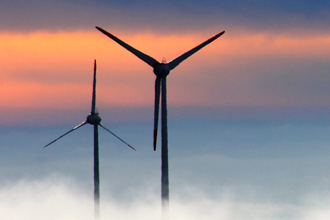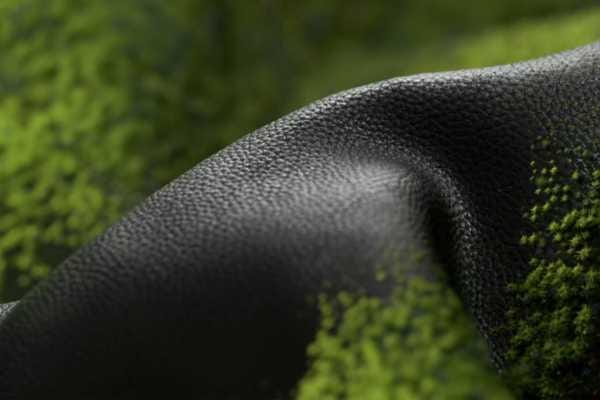Wind turbine blades get second life
One of wind power’s biggest sustainability problems has been solved with recyclable turbine blades.

One of wind power’s biggest sustainability problems has been solved.
The Achilles heel of renewable wind energy is close to being solved with last month’s launch of renewable wind turbine blades.
Wind power is considered a crucial source of renewable energy as fossil fuels are phased out to combat global warming, and is set to grow exponentially.
And although most parts of a wind turbine can be recycled, until now the turbine blades would be consigned to landfill at the end of their working life.
Siemens Gamesa, a wind turbine maker, says it developed its ‘RecyclableBlade’ for commercial use offshore as part of its mission to make turbines fully recyclable by 2040.
Turbine blades are generally a combination of glass or carbon fibre held together by an epoxy resin to create a light composite material that’s proved difficult recycle. By reformulating the resin used in their manufacture, the company has made it possible to fully recycle new blades.
Six 81 metre RecyclableBlades have already been produced at its blade manufacturing plant in Denmark and three of its major customers – RWE, wpd group and EDF Renewables – plan to install and pilot the blades.
“The time to tackle climate emergency is now, and we need to do it in a holistic way,” says Andreas Nauen, chief executive of Siemens Gamesa.
“In pioneering wind circularity – where elements contribute to a circular economy of the wind industry – we have reached a major milestone in a society that puts care for the environment at its heart.”
"In pioneering wind circularity ... we have reached a major milestone in a society that puts care for the environment at its heart."

Wind turbine maker Vestas has also been working on blade recycling in collaboration with resin producer Olin, the Danish Technological Institute, and Denmark’s Aarhus University.
It aims to develop recyclable blades for industrial-scale production within three years using new technology to separate the glass or carbon fibre from the resin and then further separate the resin into its base materials using specific chemicals.
These can then be used to construct of new blades and it’s hoped the technology will also have application for aeroplane and car components.
With turbine blades set to account for 43 million tonnes of waste in 2050 according to a 2017 University of Cambridge study, Vestas says new technology will “be a significant milestone in enabling a future where landfill is no longer required in blade decommissioning.”
The tech
Although many components within a wind turbine can be recycled, the composite materials used in wind turbine blades have presented unique challenges.
New technologies are focused on facilitating the separation of the materials in the blade at the end of their lifetime, so they can be fully recycled.
Siemens Gamesa’s wind turbine blades are made from a range of materials cast together with resin. The chemical structure of its new resin type allows it to be separated from the other components once the blade is no longer viable in a ‘mild’ acidic process that dissolves the resin but protects the other properties of the materials in the blade, so they can be reused in new applications.





